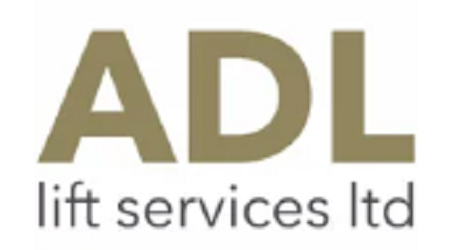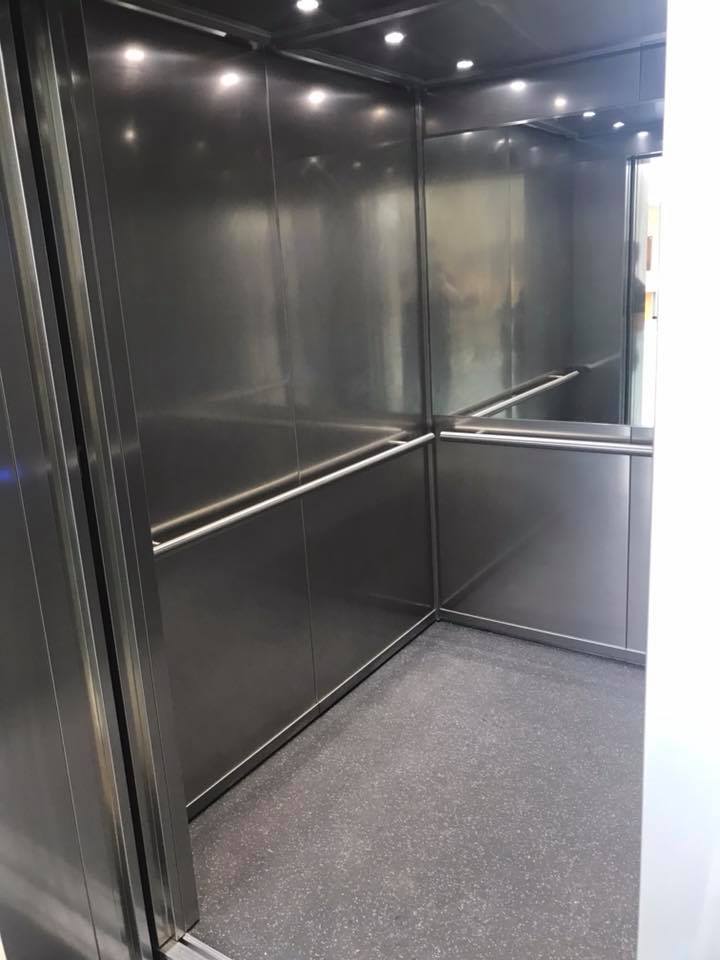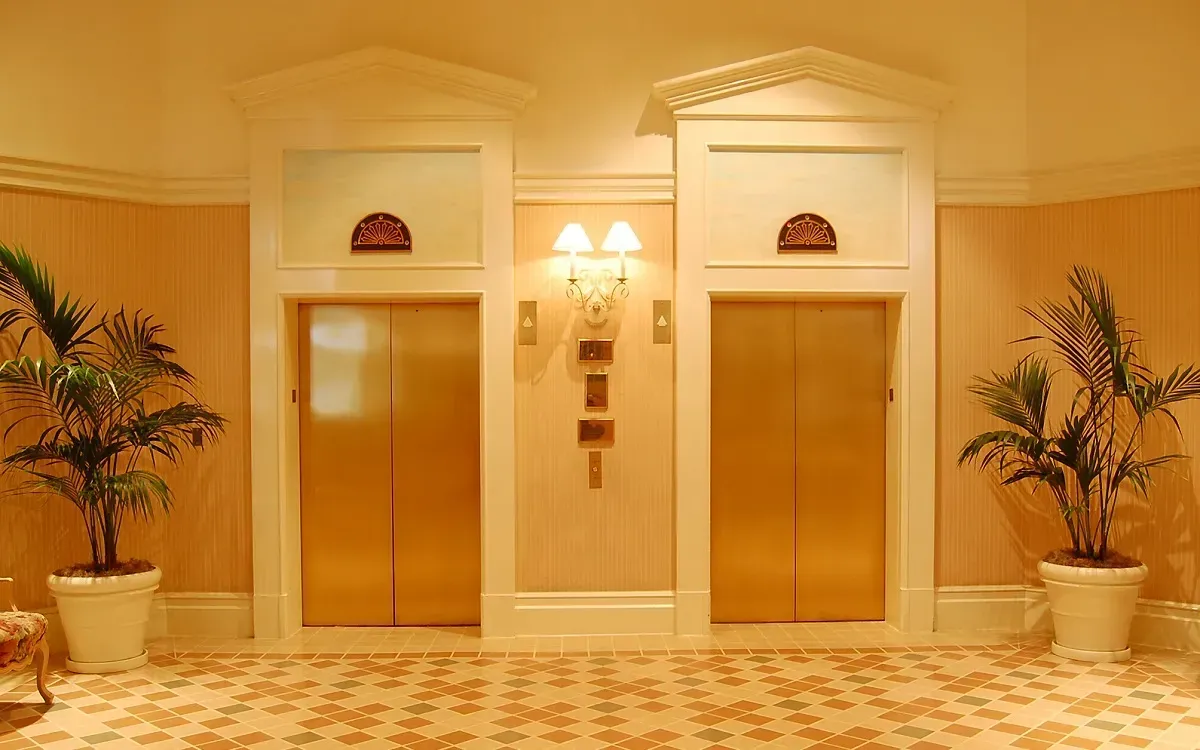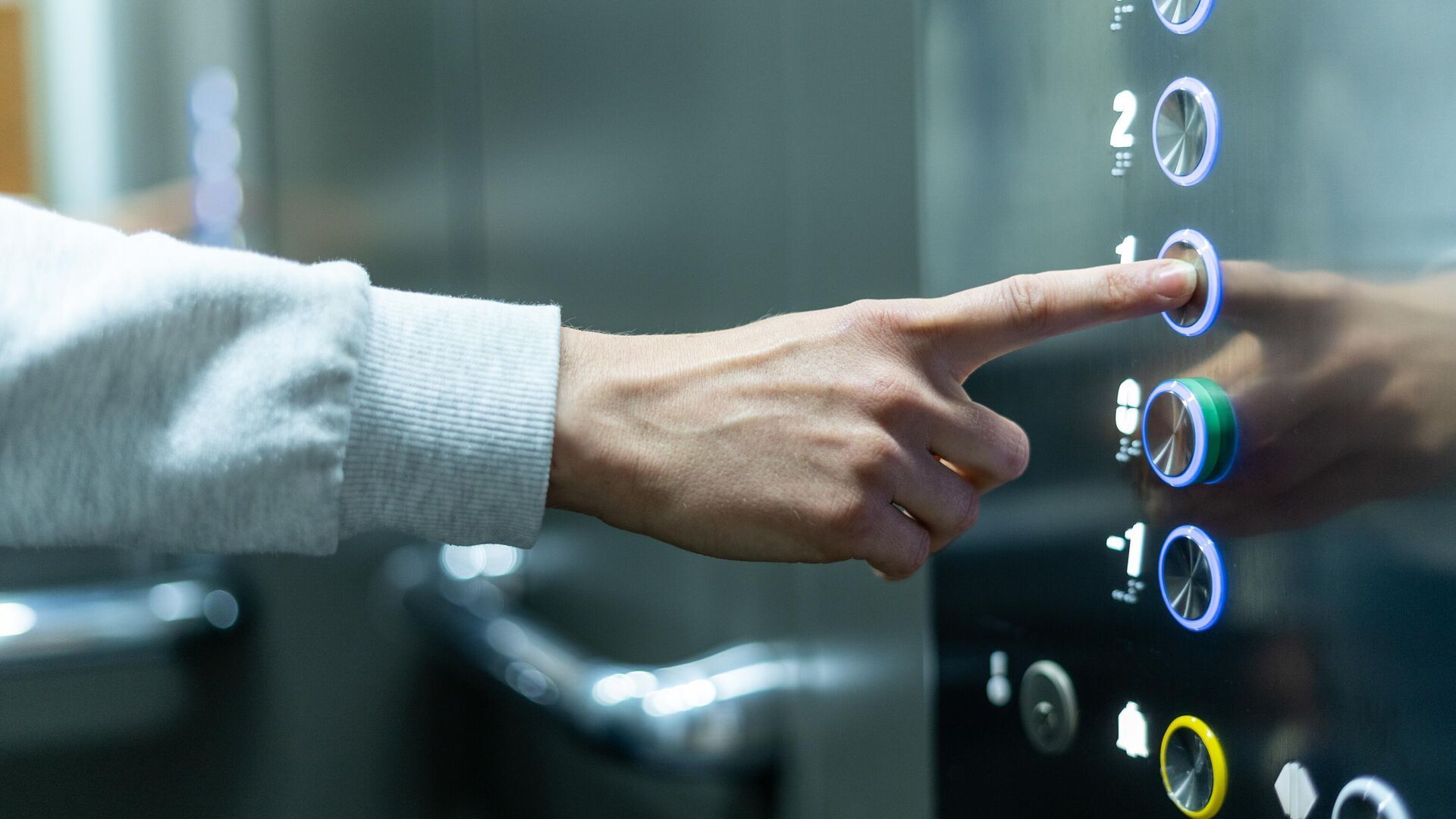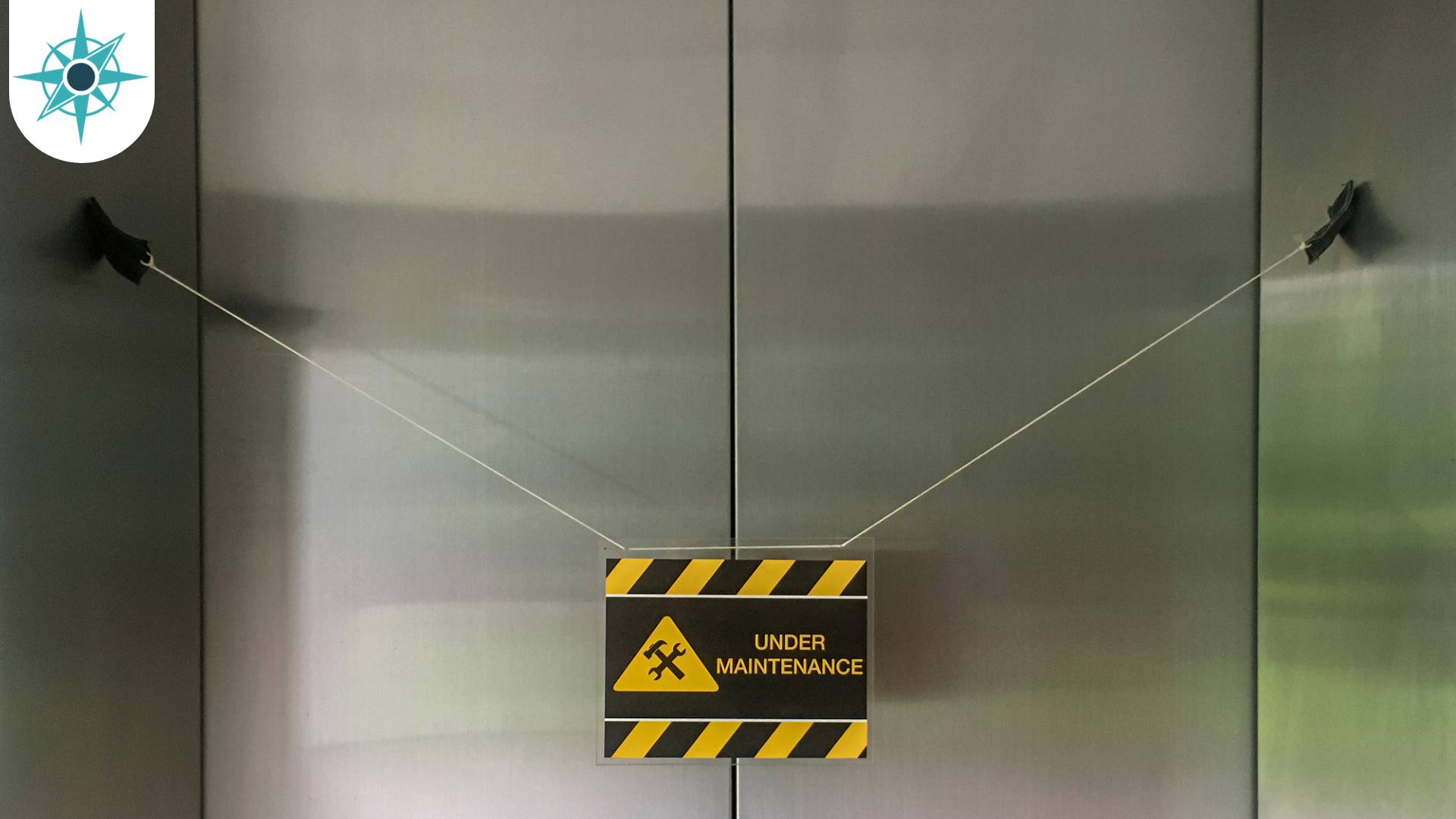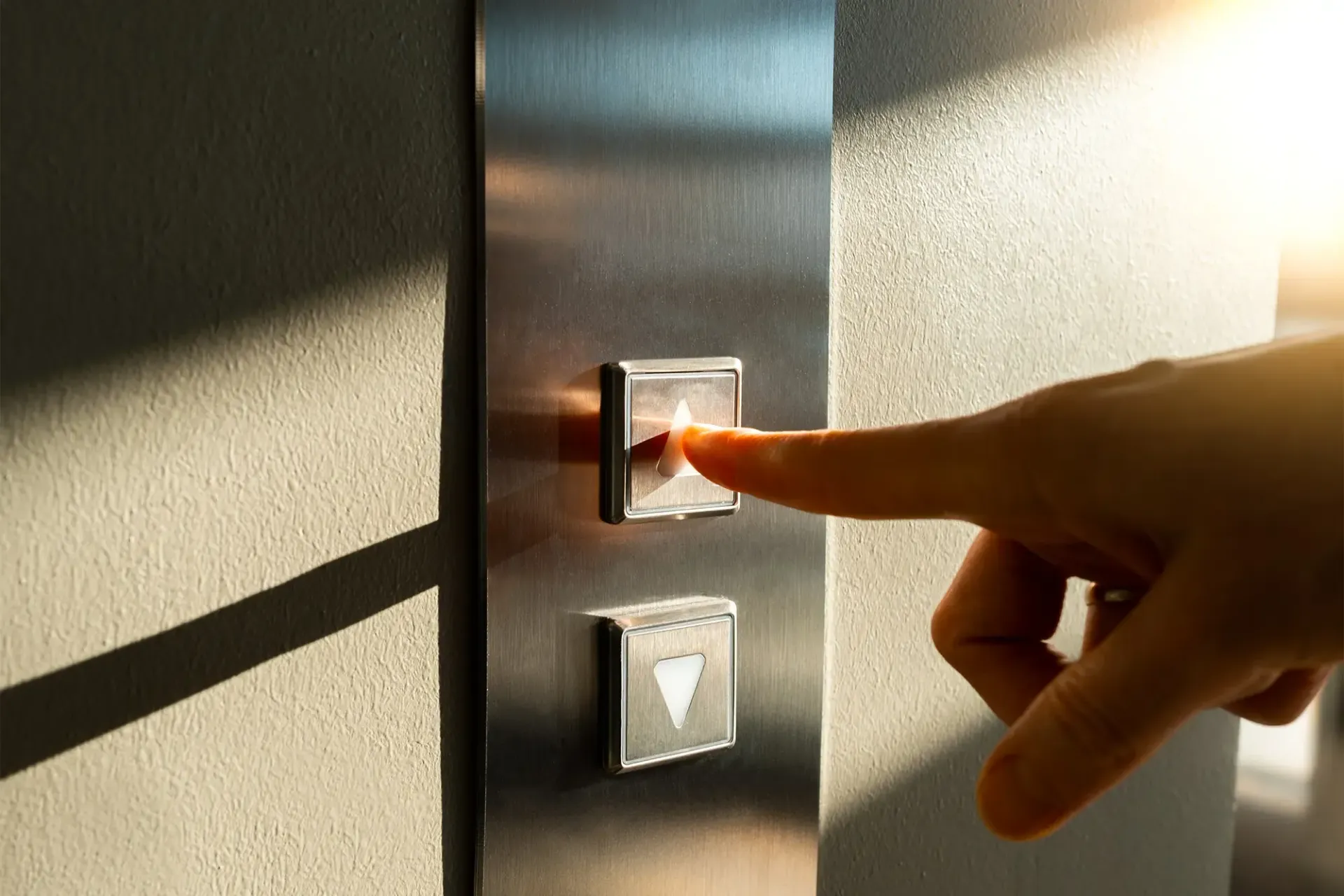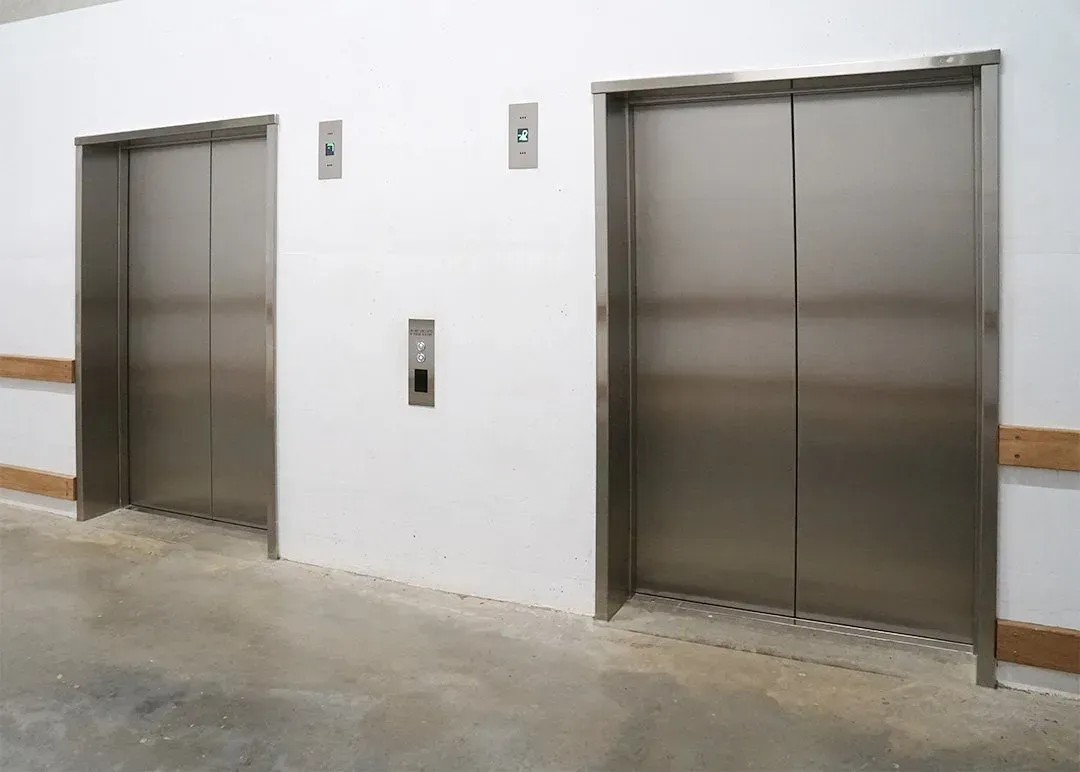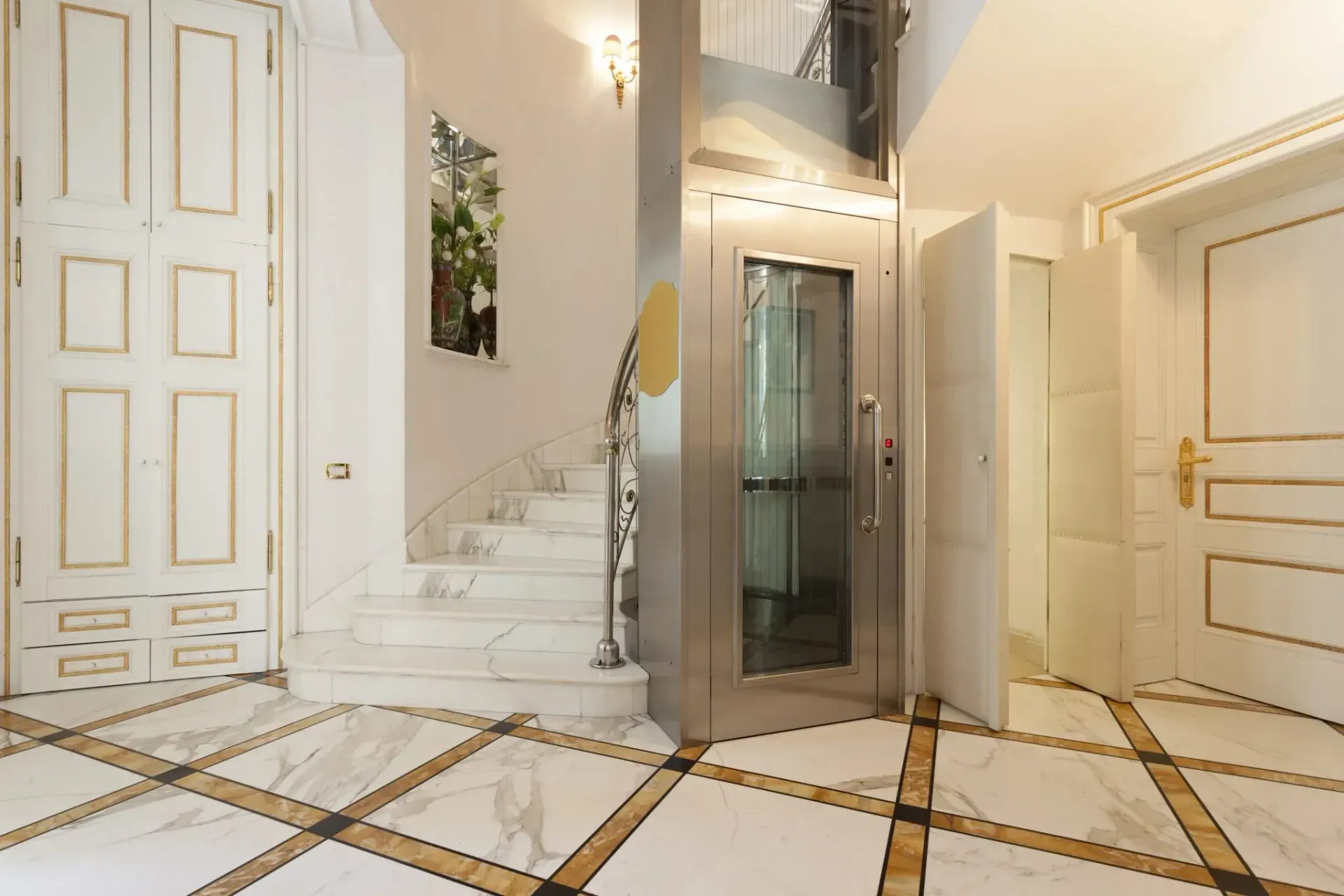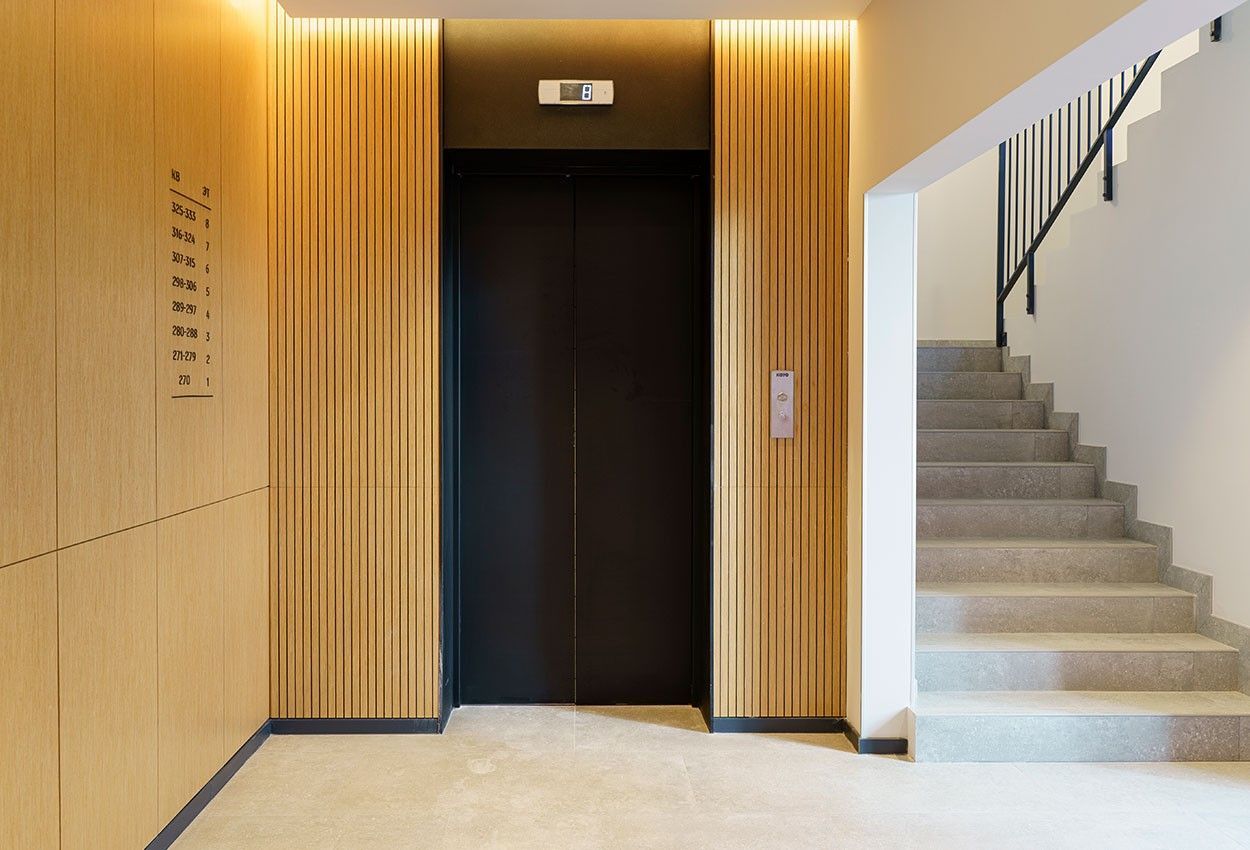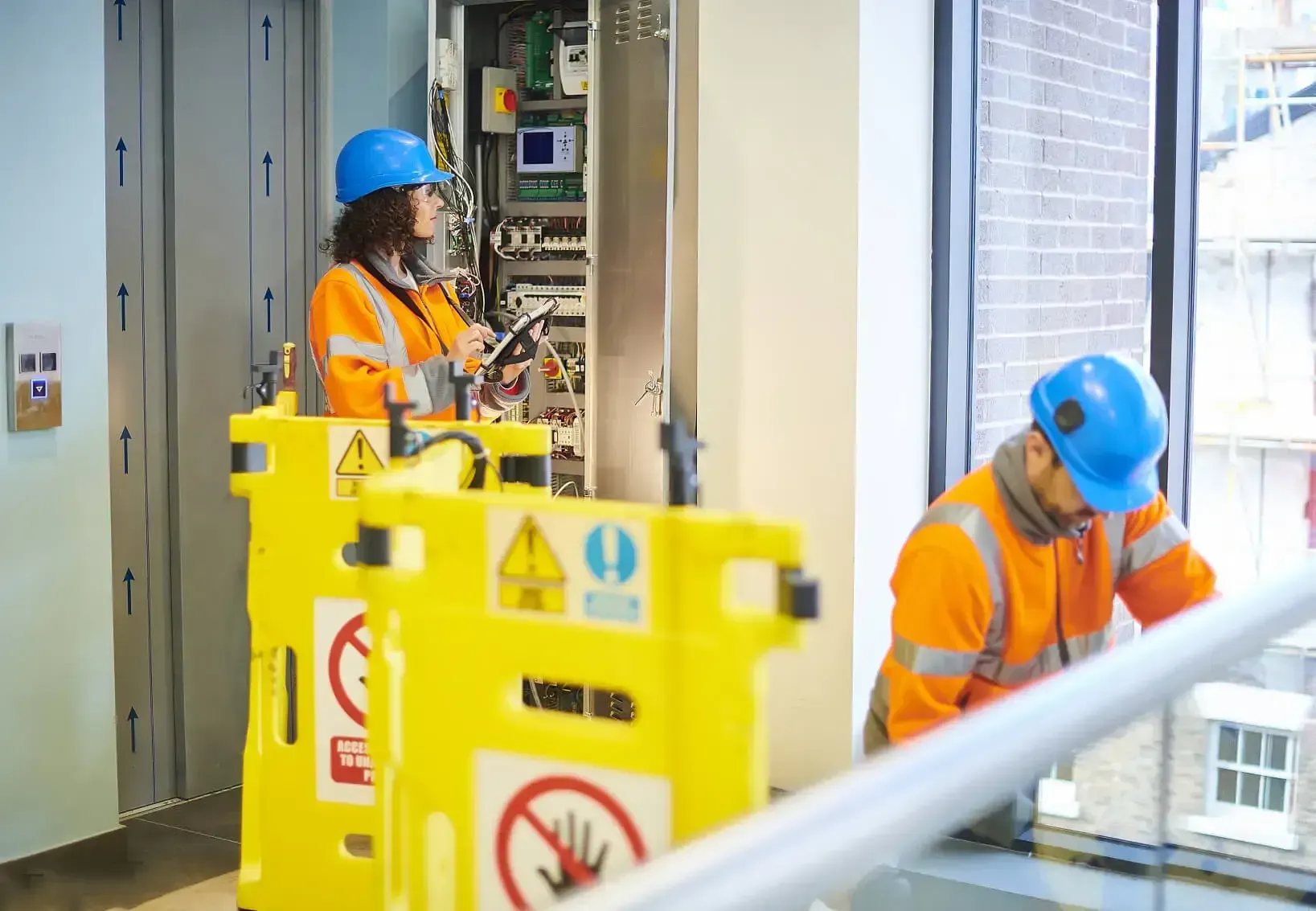Onwards and Upwards: Different Types of Lifts and Their Uses
Available in many different shapes and sizes, lifts are a highly useful method of transportation that have revolutionised the modern world. This comprehensive guide walks you through the wonderful world of lifts; from how they work to the many different types you are likely to encounter.
What is a lift and how does it work?
A lift is a machine that vertically transports people and goods between levels. While frequently found in commercial settings such as offices, shopping centres, and industrial sites, lifts are also often used for domestic purposes. Lifts contain several types of operating mechanisms, including:
● Hydraulic - an above ground or in-ground piston is used to raise or lower the lift under hydraulic pressure. Hydraulic lifts are generally only suitable in buildings of up to 8 storeys.
● Traction - electrically-powered cable-operated lifts driven by steel ropes rolled over a pulley and balanced by a counterweight (sometimes a second lift moving in the opposite direction).
● Roped hydraulics, or hybrid lifts - using both ropes and hydraulic power.
● Climbing lifts, which include their own means of propulsion, rather than being pulled or pushed from elsewhere.
Lifts are valued by people all over the world for many reasons. These include:
● Convenience - lifts save people a lot of time and energy by providing an alternative means of transportation to stairs and steps.
● Accessibility - lifts provide disabled people or people with mobility issues the opportunity to travel in a safe and dignified way.
● Aesthetic appeal - lifts can enhance the overall appearance of a building. Available in many shapes, sizes and designs, lifts are highly customisable and can be tailored to fit any style.
The wonderful world of lifts
Lifts come in many different shapes and sizes, and can be used for a range of applications. Here are some of the most common types of lifts you may encounter:
Platform lifts
While platform lifts can take a number of different forms, they are typically limited to use in low-rise buildings where they will only travel a few floors at most. They therefore tend to move more slowly than passenger lifts and are often used for disabled access in buildings where most people will take the stairs. Platform lifts are intended primarily for wheelchair users and those with impaired mobility, rather than general users.
Passenger lifts
Available in a variety of forms, passenger lifts are designed to carry people. These lifts come in a range of sizes, with varying capacities to transport different numbers of passengers. Passenger lifts can be customised with different designs, both on the inside and outside, allowing them to blend in with the style of the space around them. You’ll find these lifts in settings of all kinds, from shopping centres to private residences. Passenger lifts will travel faster than other lift types, as they are accustomed to high-rise buildings where passengers may be travelling through multiple floors. It’s worth noting that as this type of lift carries people, they should meet specific requirements and standards to ensure they are safe.
Glass lifts
Glass lifts are a type of passenger lift that have glass walls and doors. While they are not always suitable for situations in which a regular passenger lift would be used in, they can offer a stylish alternative. Glass lifts are often selected due to their aesthetic appeal - they provide a way of maintaining the style of a building while providing a means of transportation.
Goods lifts
While most robust lifts will be able to carry a wide range of goods, goods lifts are specifically designed to carry loads from a few hundred kilograms to many tonnes. These lifts can be specialised to suit the industrial environment they are used in. They can be part of an assembly line system, with the capability to resist knocks from fork lift trucks and other mechanical equipment.
Service lifts
Service lifts are essentially a modernised electric update of ‘dumb waiters’ - a small type of lift commonly found in American households in the mid 1800s. These small hand operated lifts work via a pull rope system and were used to transport food from the kitchen to a serving area. In the contemporary world, service lifts are small lifts designed to carry goods only usually for loads of 100kg. or less. They are usually too small for a person to enter, which is forbidden in any event due to the lack of lift safety gear.
Trolley lifts
Trolley lifts are designed to transport larger goods on trolleys and roll cages. These are typically located within shop settings, hotels and other environments that require the transportation of deliveries between floors. While trolley lifts are slower than other types of lift, they are sturdy and easily installed.
Stairlifts
Commonly found in domestic settings, stairlifts are designed to help people with mobility problems feel safe and comfortable in their homes. These lifts, which provide an easy way for individuals to move up and down their stairs, typically involve users sitting in a motorised seat that takes them from one level to another. While stairlifts are predominantly used indoors, outdoor versions can sometimes be found on steps leading up to front or back doors.
Domestic lifts
While many people associate lifts with shopping centres and skyscrapers, lifts are commonly used in the home for a range of reasons:
● Convenience
● Mobility assistance
● Accessibility
● Aesthetic appeal
● Increased home value
Whether homeowners are selecting a disabled access lift or passenger lift, domestic lift installation is guaranteed to make life significantly easier for all residents.
Evacuation lifts
In some circumstances a lift may be designed and provided as part of a management plan for evacuating people in the instance of a fire or other emergency. This lift will have additional fire protection elects in its design, including the prevention of water egress to electrical equipment. This also requires a very specific building layout to provide fire secure waiting areas at each landing. The lift will also have an emergency backup power supply in case of mains failure.
Chairlifts and cable cars
These devices are often exclusive to resorts and serve as a means of transportation between ski areas. A chairlift circles on a wire - the boarder will sit on it and pull down a safety rail to hold them in. Available in a variety of speeds and complexities, these lifts will typically seat from between two and eight people. Cable cars, on the other hand, comprise two cabins which operate on a pulley system - i.e. one goes up when the other comes down. With the capacity to hold a large number of people at one time, these cars operate on a continuously moving cable that runs at a constant speed. Cable cars not only offer commuters spectacular views of the surrounding scenery but also provide a safe and comfortable ride.
Eco-lifts
Eco-lifts are an energy-saving feature that will optimise your building to be more sustainable. Not only will this save you money, but it will also help the planet in the long term. Environmental issues are high on the agenda, so it is important to install greener alternatives in your commercial building. ADL Lift Services Ltd can offer an efficient and modern energy saving elevator, which includes energy recovery technology to enhance your business. Our eco-lifts use a control system with microprocessor and CAN (Controller Area Network) technology. This is extremely efficient and the basis of an energy-saving elevator. When the eco-lift motor brakes, it generates electricity which can then be fed back into the electricity grid.
Turn to ADL Lift Services for lift replacement or maintenance needs
If you’re interested in learning more about lift installation or lift repair, ADL Lift Services are here to help. Whether you need parts, equipment or services, the team at ADL Lift Services Ltd are ready to provide the very best maintenance to ensure your lift is functioning at all times. Our lift manufacturers provide expert knowledge, years of experience and unbeatable customer service, so you can trust us with your lift upgrade or lift replacement. If you have an issue with your lift, don’t hesitate to
contact the best lift suppliers in Scotland.
